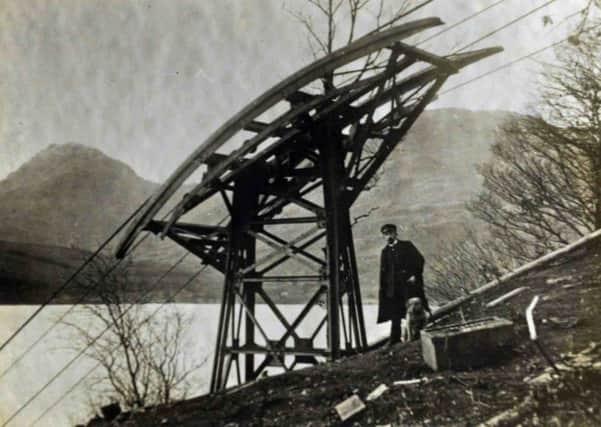A remarkable insight of work in the 1800’s


The Katrine Aqueduct, which takes water to treatment works that supply 1.3 million people in Glasgow and west central Scotland, was built in the Victorian era to help transform the health of citizens and continues in full use to this day.
As modern day engineers are starting a multi-million pound refurbishment project on part of the aqueduct, the recently-discovered photos provide a fascinating insight into the mega-structure which was officially opened by Queen Victoria almost 160 years ago in October 1859.
Advertisement
Hide AdAdvertisement
Hide AdThe glass photograph slides, which have not been seen before by Scottish Water experts with decades of experience of working on the local water network, were recovered from a skip along with some books and drawings when the utility was closing one of its offices.


The aqueduct scheme, comprising the two aqueducts, takes water by gravity from Loch Katrine to the Milngavie and Balmore water treatment works before it is distributed to customers across Glasgow and west central Scotland.
The pictures give a fascinating insight into the construction of the second aqueduct.